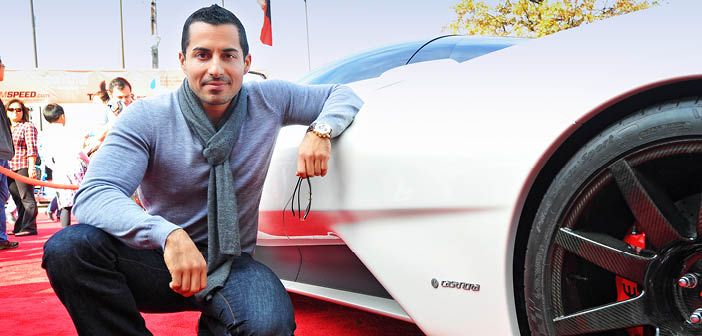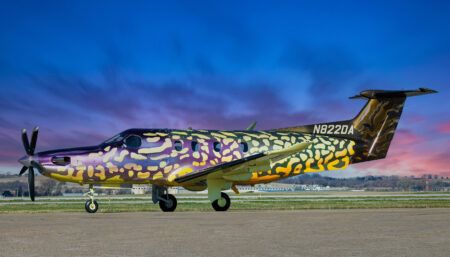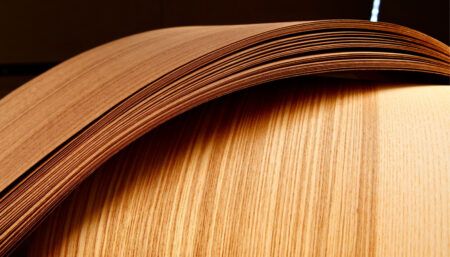Jason Castriota provides an insight into the work of a supercar designer
What are the most exciting projects you’ve worked on?
I have been very fortunate to work on a myriad of exciting projects for very iconic brands, ranging from production cars to concepts and bespoke one-of-a-kind cars for renowned collectors. Every project brings its own challenge and is exciting unto itself. If I were pressed I would have to say the first few projects that I won when I was at Pininfarina – namely the Maserati Birdcage 75 concept, the Maserati Gran Turismo and the Ferrari 599 GTB Fiorano. Most recently, I designed the SSC Tuatara, which is set to challenge Bugatti as the world’s fastest car.
 What kind of volume were these cars produced in?
What kind of volume were these cars produced in?
The Birdcage (pictured right) was a one-of-a-kind concept car, whereas the Granturismo (pictured below) is produced in roughly 4,500 units per year and the 599 was produced in fewer than 1,000 units per year. I admit that most of the projects I have worked on have been fairly exotic, and as such I am actually looking forward to creating a more mass-produced car.
How does the design process work?
Designing a car is a huge undertaking. It takes 2-3 years and sometimes longer. Ideally a singular design vision is chosen for the exterior and a singular vision is chosen for the interior. The designers who generated the key directions then lead a handful of supporting designers to execute and refine the design. Together the design team collaborates with scores of engineers to realise the final production, feasible car.
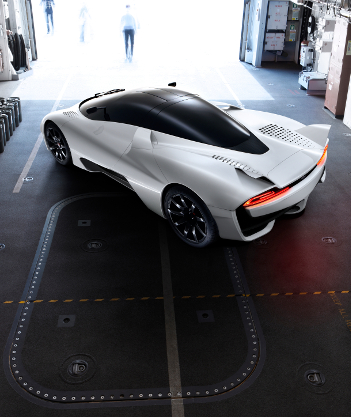
How much freedom do you have to design?
It really depends on the type of project. Mass-production cars are a bit more limiting, because of cost restraints and the necessity to cater to a larger audience. At the opposite end of the spectrum, more exotic, limited-series cars and above all, bespoke cars, allow the designer greater freedom and the ability to incorporate specific customer requests.
How involved are you with defining how things will be produced?
I like to be there all the way to the moment the car leaves the factory! It is extremely important to follow your design all the way through to production to ensure the integrity of the design is maintained and not diluted.
What factors impose limitations in automotive design?
The biggest limitation is cost. Cars are incredibly complex and the investments are so large it is really difficult for many to fathom. New cars can cost anywhere from US$500 million (£312.32 million) to more than US$1 billion (£0.63 billion) to develop, and every penny counts. Thus designers and engineers must collaborate and compromise to find the best solutions possible that fit our budgets. You learn to pick your battles!
What are your favourite materials to work with?
Carbon fibre allows us the most leeway in shape and form, but it is very expensive to produce so is limited to more exotic and/or bespoke projects. That being said, it is still amazing to see an artisan metal-crafter hand-shape aluminium. It is a true art form.
What is the most challenging aspect of your work?
The time and effort it takes to realise an automobile. My friends that design products, shoes and fashion get to see their products come out in a matter of months. Car designers must wait about four years and hope and pray that the project doesn’t get cancelled along the way!
What inspires you?
I have always been inspired by nature – and in particular the streamlined aquatic species such as sharks and manta rays. I am also extremely inspired by the blend of art and science that we see in aerospace, jet fighters, race cars – as these objects blend mechanics with streamlined forms.
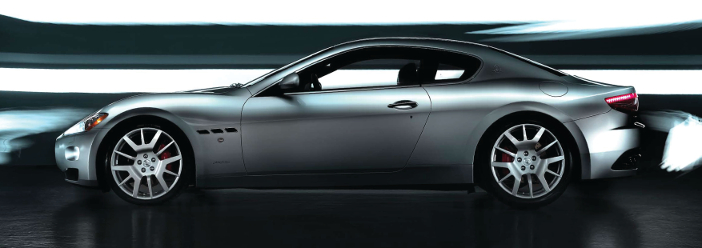 What trends are shaping car design at the moment?
What trends are shaping car design at the moment?
Material technology is a huge driver in the automotive industry and as designers we are always curious to see the horizon that can offer us new design opportunities. Obviously alternative drive-train technologies can have a large impact as well, as we move away from the idea that we need to have a giant engine taking up a third of a vehicle’s space. Distributing batteries or fuel cells along the floor of a vehicle and having small motors driving the wheels opens up a lot of design and space utilisation opportunities.
What concerns are growing in importance in the sector?
The biggest concern is efficiency. How do we make cars more efficient – smaller, lighter, with less power – but maintain the safety, comfort and performance we have grown accustomed to?
What would be your dream project?
Automotive wise, I am looking forward to putting my spin on a more mass-produced car. Beyond that, I would really love to work on an aerospace project! We are only now beginning to explore the possibilities in the world of business jets. The initial response has been encouraging and we can’t wait to get our first projects under way.
Photos by Ripley and Ripley, courtesy of Top Gear


